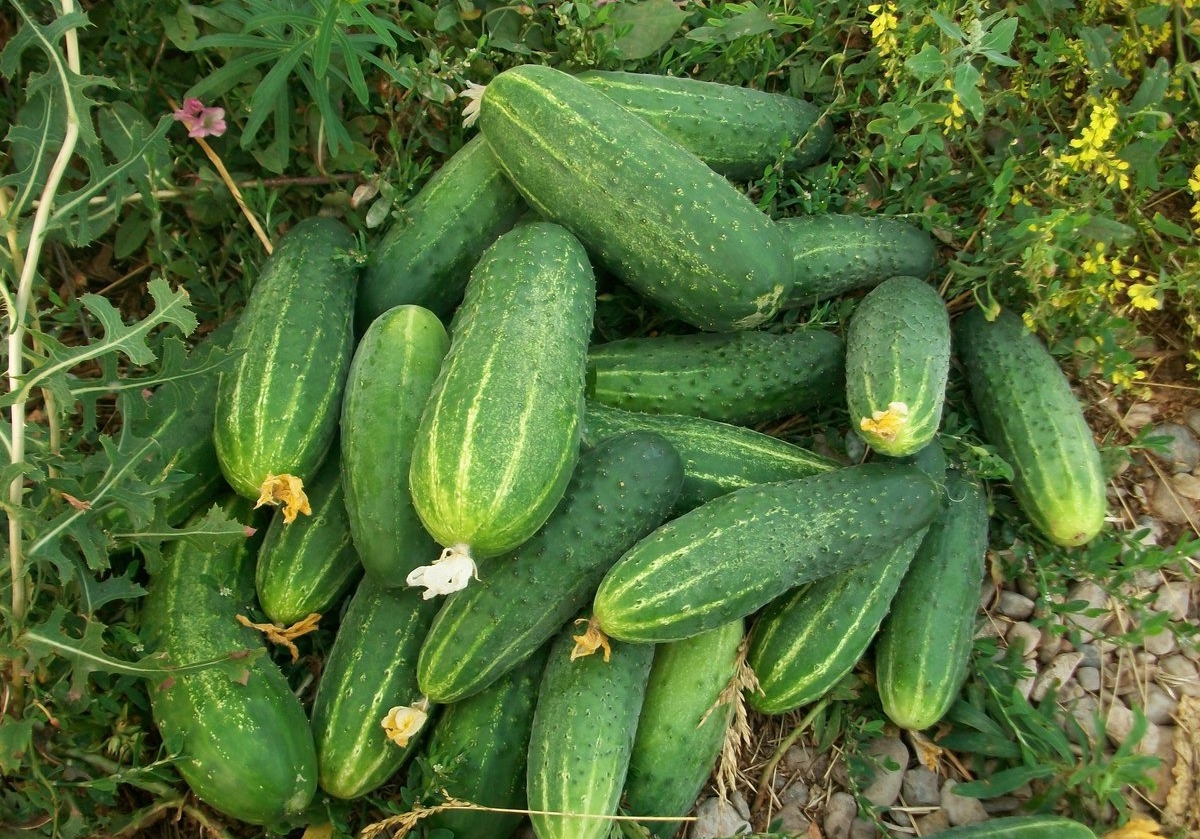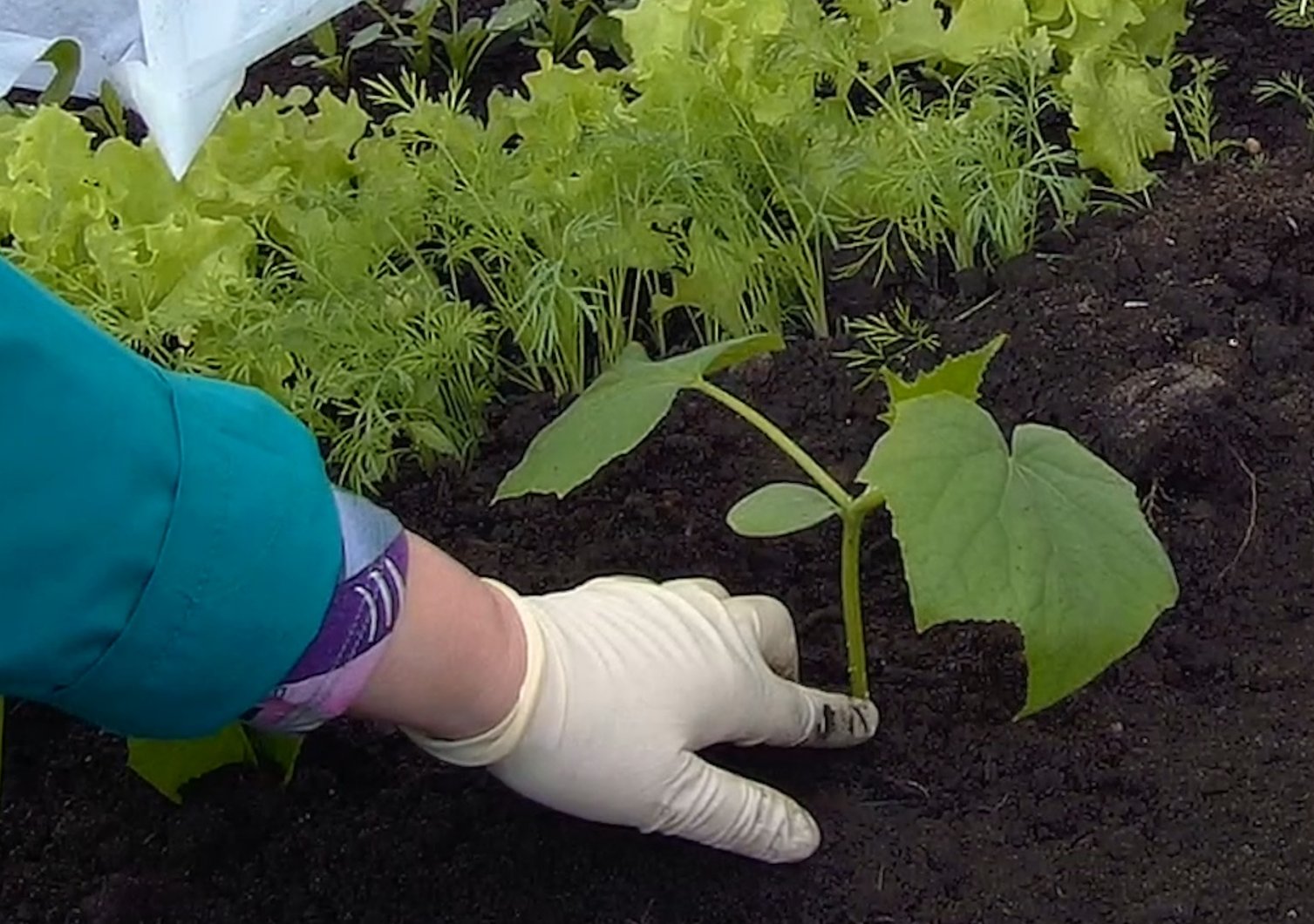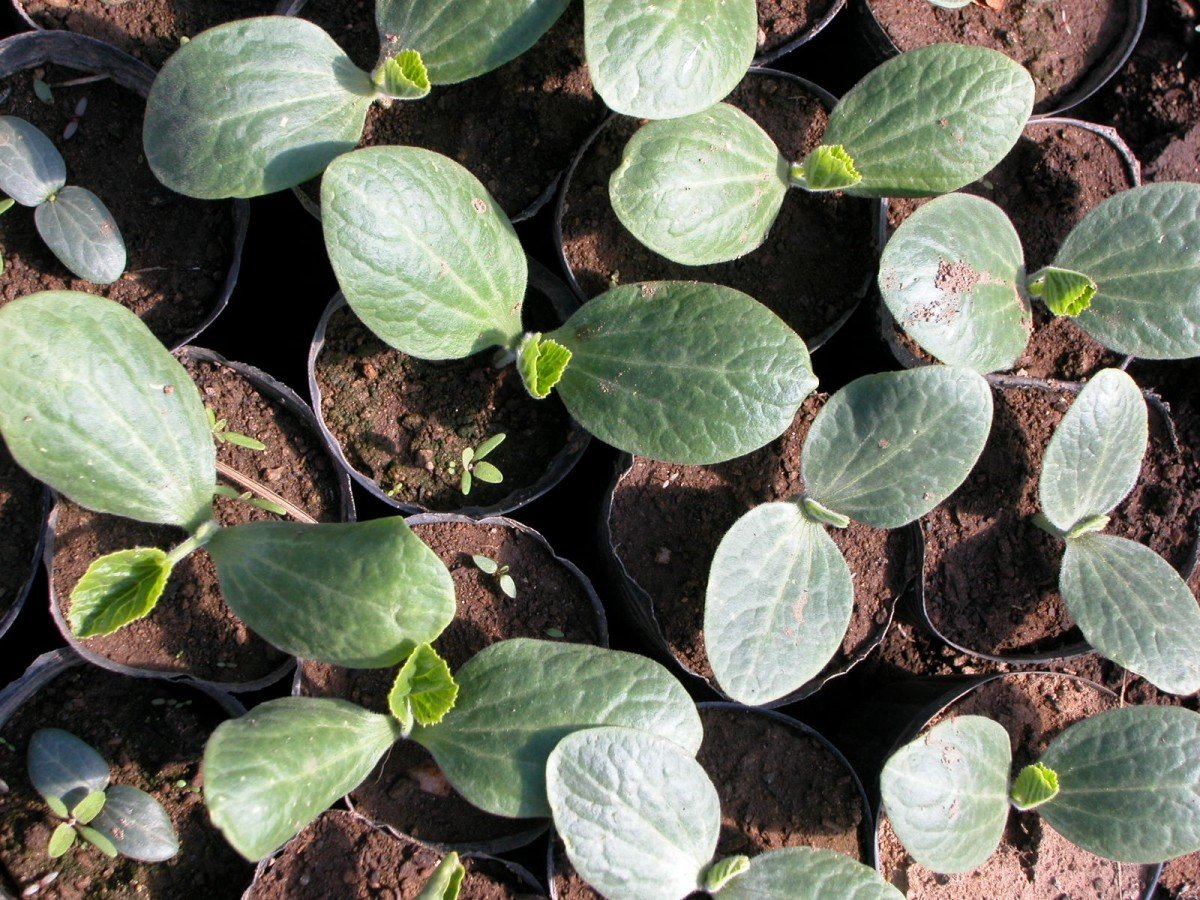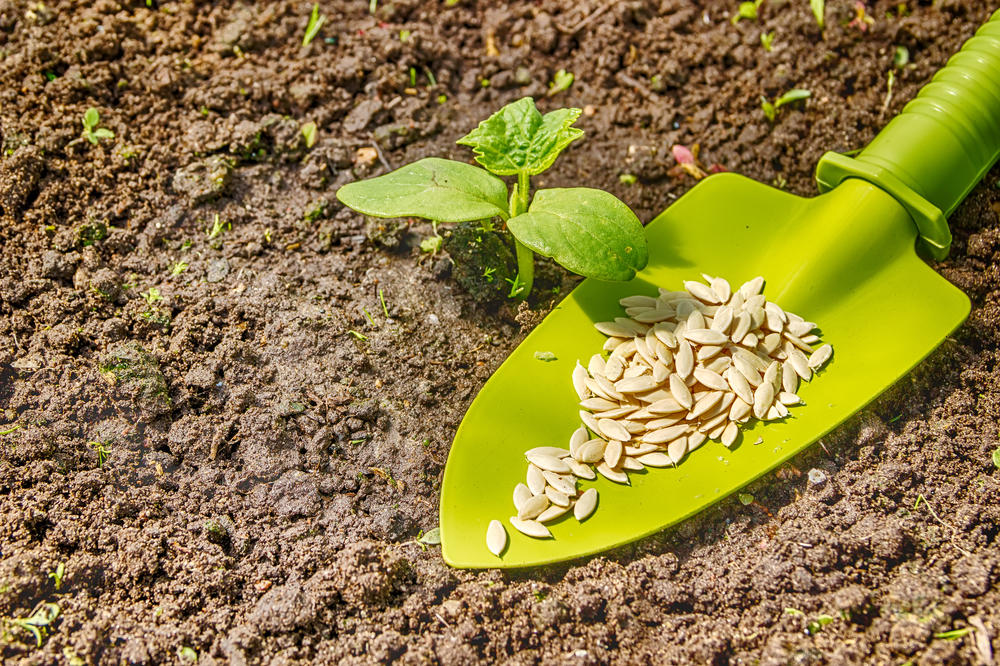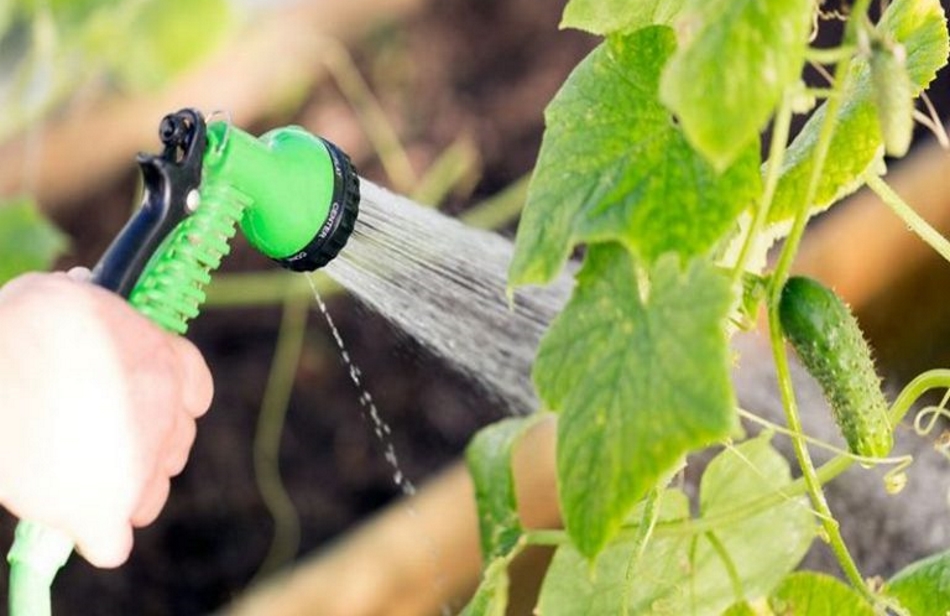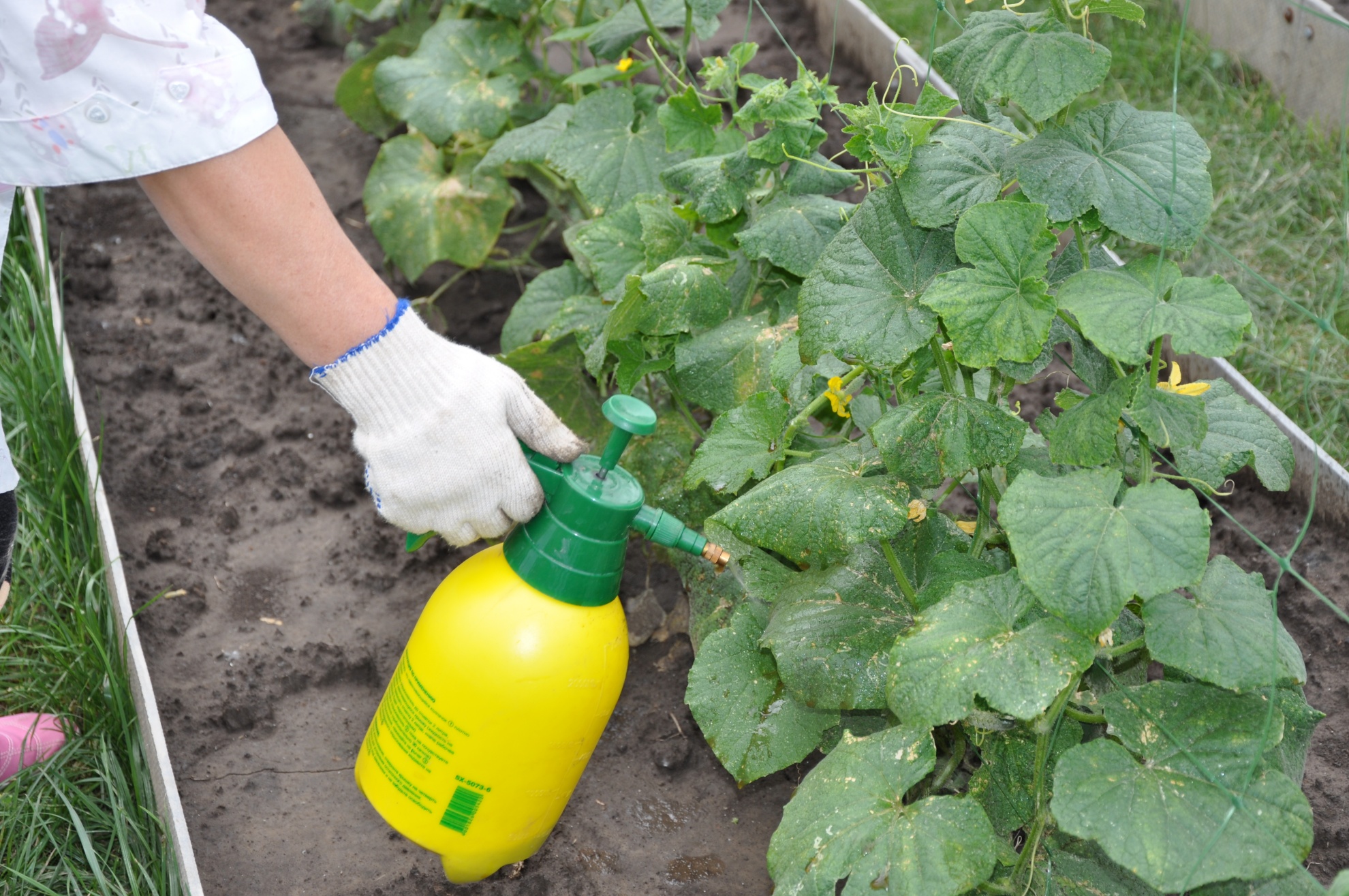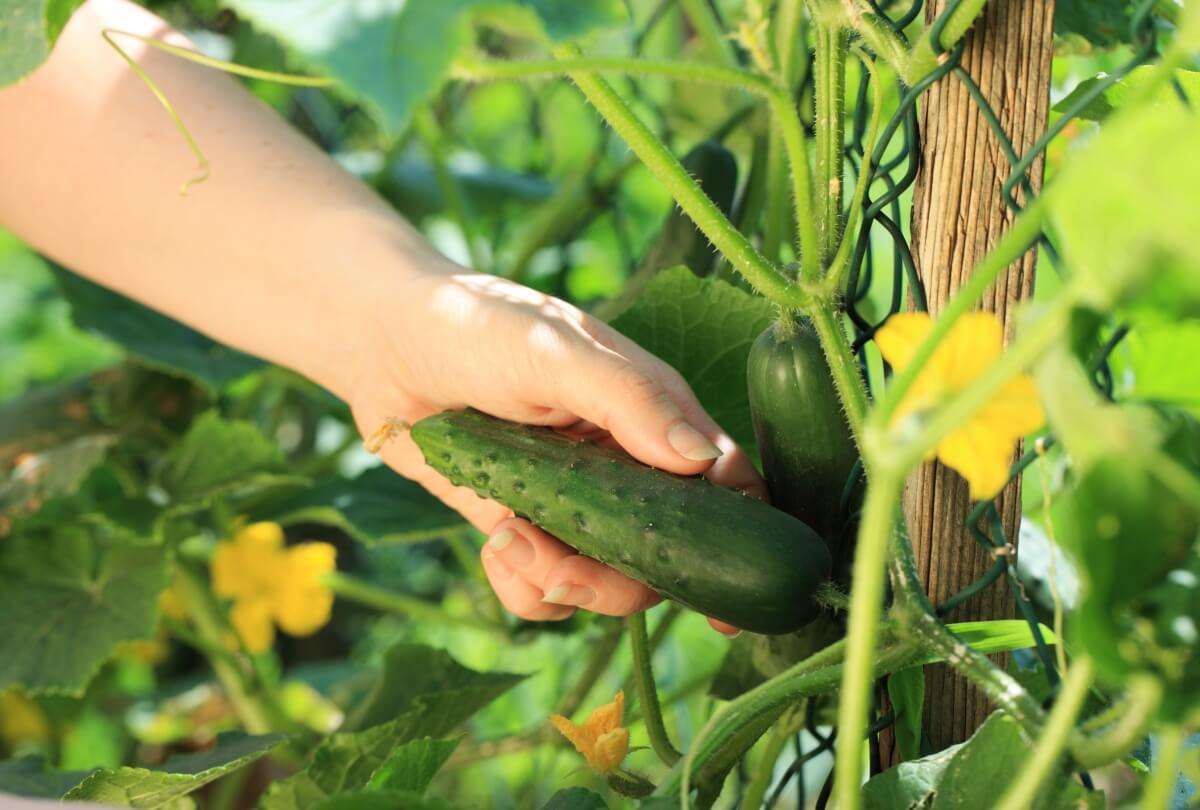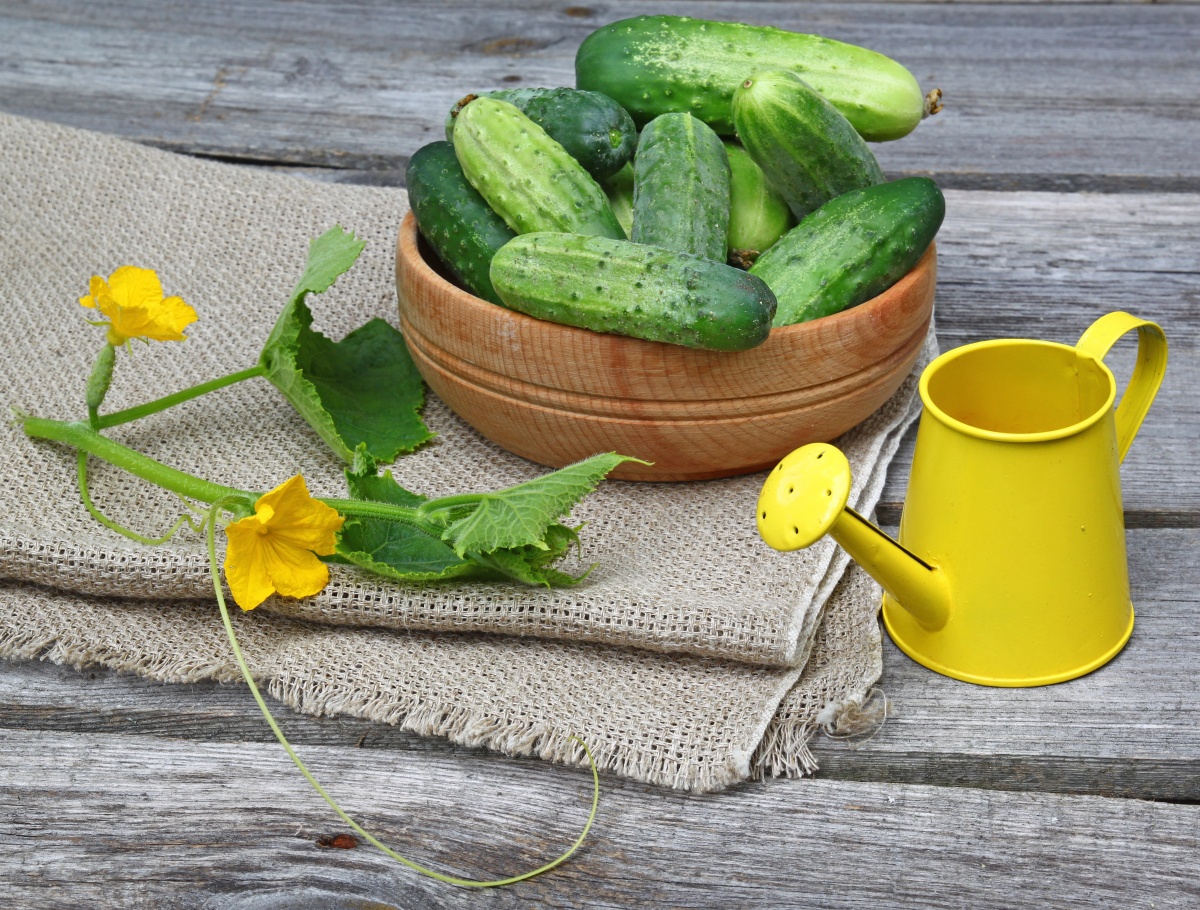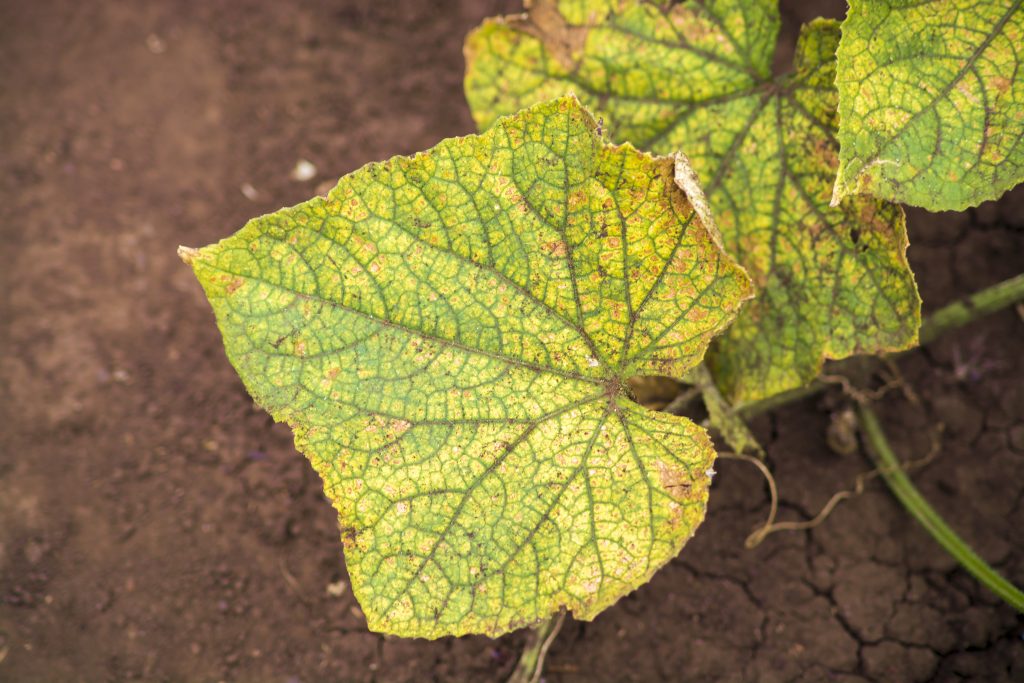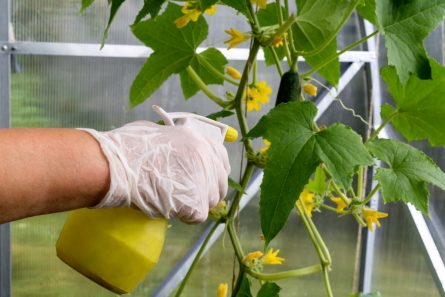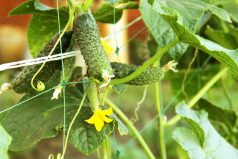Phoenix cucumbers were obtained back in 1990 by Russian breeders. The main advantage of the variety is its resistance to such widespread cucumber adversity as downy mildew. When an epidemic broke out on cucumber plantations abroad, this disease-resistant hybrid was bred.
Material Content:
Description of the cultivar "Phoenix"
If you make a brief description of the variety, we can say that the culture is late-ripening, high-yielding, resistant to disease.
"Phoenix" is a powerful, strong and hardy plants, which can reach 3 meters with good care. The first fruits begin to collect only 60 days after planting. The size of each cucumber is about 15 cm, weight - up to 150 g.
Culture bears fruit for a long time and continuously. When the other neighbors in the cucumber bed do not give more crops, they continue to collect fruits from the Phoenix. With proper care, up to 3 kg of cucumbers are obtained from the square of the bed.
The hybrid is universal in use, and crispy vegetables can be eaten fresh both directly from the garden and in canned condition.
Outdoor landing
A hybrid is planted not only through seedlings, but also immediately by sowing seeds in open ground. Such work is carried out at the end of May, when the threat of freezing frost is over. The soil should have time to warm up at least to +15.
In May, the temperature may drop at night, and therefore, arcs are placed on the beds, tightened with a film so that the plants are not damaged by the cold. In the northern regions, cucumbers are planted only in early June.
Such events are arranged already in early May, using Phoenix seedlings.She is grown until the appearance of three true leaves, and only then transplanted into the ground.
The beds are freed from covering material when the air warms up to approximately +22. You can’t do this if it is colder at night +16, because under such conditions the growth of cucumbers stops.
Landing should be properly prepared. They dig the earth, and at the same time bring rotted manure. Culture loves loose light soil. Do not plant plants in clay soil, prone to stagnant water.
If the site is heavy soil, you can correct the situation by making during digging:
- humus;
- river sand;
- peat.
The use of these cheap additives will greatly improve soil quality and thereby increase yield.
Features of growing from seeds
The seeds of cucumbers "Phoenix" sprout very amicably, which is undoubtedly a huge plus hybrid. It is just necessary to maintain all the rules of planting, and a high yield is guaranteed.
It is important to observe crop rotation and sow cucumbers in the area after tomatoes or potatoes. The dug up and fertilized earth is leveled with a rake. You can sow both in rows and in a checkerboard pattern. Since the plants reach very large sizes, it is necessary to leave a pitch of 50X50 cm between the holes.
Before sowing, planting material is disinfected by soaking for half an hour in a weak solution of manganese, after which the seeds are buried by 1.5 cm.
Some gardeners sprout cucumbers, while others plant seeds immediately in the ground. With the last dose, the sprouts appear much faster, but this method requires time and effort.
If there is a catastrophic lack of space on the site, lashes of cucumbers can be put on supports, for example, on wire or mesh trellises. So harvesting is much more convenient, and the risk of the appearance of a fungus is markedly reduced. But in the southern regions with a very hot climate, cucumbers on such structures will quickly dry out.
How to care for the site
Water the crop in moderation, but it is impossible to allow strong drying of the soil, as lack of water will affect fruiting. In the conditions of cultivation in the open ground, at the first ovaries, watering sharply increases.
It is unacceptable that the beds are very damp, since excessive moisture can lead to the appearance of fungi.
The stems of the hybrid break easily, so weed should be very carefully. If there are two ovaries on the side shoots, and the branches themselves have grown in length more than 30 cm, they are removed. Although this procedure is optional, you still need to pinch the main stem in a timely manner. In this way, a bush is formed.
It is interesting:loquat german: cultivation
"Phoenix" is certainly fed, for which they bring in nitrogen complexes, and phosphorus and potassium are added to the soil in a timely manner. Compounds must be supplemented every two weeks with organic matter in the form of slurry.
At the beginning of the growing season, it is useful to use bird droppings, as this fertilizer contributes to the active growth of green mass by plants.
Thanks to such simple additives, the bushes become more resilient and stronger, and the yield increases by 30%.
Fertilizers are arranged regularly - every two weeks until the first cucumbers appear.
Harvesting late-ripening varieties
Harvested daily, which contributes to the ripening of more fruits. Withered leaves from the bottom of the lashes are removed in time. Fresh cucumbers can be removed from the bushes until late autumn. It is advisable to do this in the evening.
The productivity of the Phoenix will be higher if the plant grows on a trellis, which also contributes to an increase in the fruiting of the hybrid and the proper formation of a bush. About 95% of vegetables have a presentation, that is, they fit all standards.
The best crops come from plants grown with certified seeds.
The main problems associated with growing
Violations of the rules of agricultural techniques for growing such a hybrid f1 can even lead to its death.The leaves on the plant begin to turn yellow, the ovaries fall off. This may be caused by an excess of nitrogen fertilizers. In such a situation, the first thing to do is to feed the cucumbers with phosphorus.
Another reason for dropping the ovaries can be too thickened planting, as well as improper watering.
Diseases, pests and methods of dealing with them
Late-ripening variety "Phoenix 640" arranges for vegetable growers and its resistance to the appearance of many diseases. Such frequent problems on the cucumber bed are observed when growing other varieties, while the present species is powdery mildew or mosaic will not bother. However, such a nuisance as the appearance of white and root rot is possible.
In such areas, affected parts of the bushes should be removed immediately and the infected soil also replaced. The most probable reason for this is stagnation of water or, conversely, too dry soil.
Insect parasites attack this variety quite rarely. But nevertheless the beds can be “chosen” by a spider mite that feeds on the sap of the plant and builds the finest mesh on the leaves. Sometimes cucumbers are also looked after by a gourd. At emergence of wreckers it is necessary to immediately spray bushes "Karbofos" or a solution of tobacco.
The main preventive measures that need to be carried out all season are as follows:
- it is advisable to tie the shoots on the trellis;
- and you should also regularly loosen and weed the beds;
- comply with all requirements of agricultural technology;
- spray the bushes with plant compounds during the growth period;
- regularly inspect the plantation.
Thanks to simple agricultural technology and resistance to many common diseases and pests, cultivating the Phoenix in a household plot can not only bring material benefits, but also moral pleasure. The variety until late autumn gives consistently high yields and does not require painstaking care.


